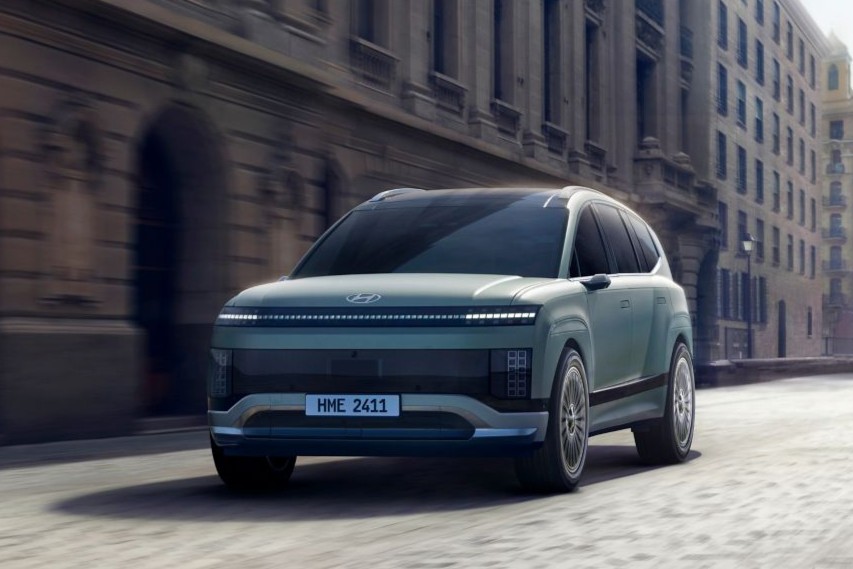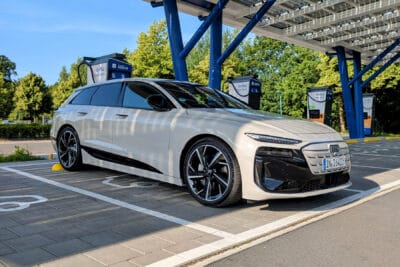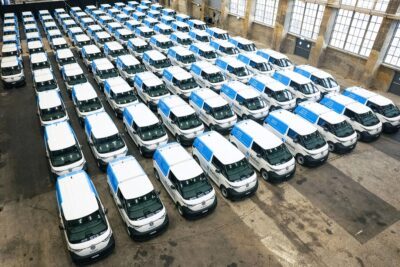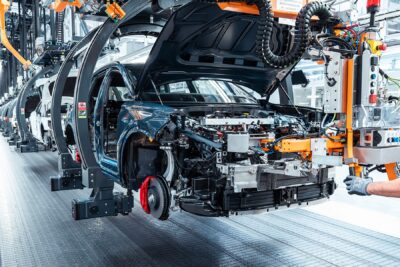USA changes EV tax credit list: Hyundai is in, VW is out
The number of vehicles eligible for the 7,500 dollar tax credit in the US has shrunk significantly from 49 to 25 models or model versions. For example, the VW ID.4 is no longer listed. Models from Stellantis and Nissan, previously eligible for up to 3,750 dollars, are also no longer eligible. The Rivian models have also disappeared from the list. As so many variants are available, the EVs previously accounted for 12 of the 49 cars on the list.
And of the seven plug-in hybrids that were still eligible last year, only one remains: the Chrysler Pacifica minivan. Some models that no longer qualify for subsidies are no longer manufactured (such as the Chevrolet Bolt) or have been significantly revised (such as the Rivians). In some cases, however, they simply no longer fulfil the increasingly stringent requirements set by the government under the banner of its Inflation Reduction Act (IRA) to protect the American economy. The criteria relate to the origin of battery components and raw materials, for example.
The new models included in the programme include five series from the Hyundai Group – specifically the Hyundai Ioniq 5, the Hyundai Ioniq 9, the Kia EV6, the Kia EV9 and the Genesis Electrified G70. For the first time since the introduction of the IRA, they will receive the full $7,500 tax credit. The background is that Hyundai started production at its newly built Metaplant America (HMGMA) in Georgia in October. The now-qualified Kia EVs are rolling off the production line in West Point, also in Georgia. The Genesis electric vehicle is built at the Hyundai plant in Montgomery, Alabama.
In addition to the Tesla Model 3 and the Model Y, the Cybertruck is now also fully eligible. That is because its entry-level versions remain just below the price limit of 80,000 US dollars relevant for the tax credit. In contrast, the Foundation Series version of the Cybertruck, which has primarily been marketed to date, was and remains excluded from the subsidy. Officially, the cheaper Cybertrucks have been delivered since October 2024. According to the Electrek portal, it is not clear why the Cybertruck has only now qualified. “Cybertruck is the only Tesla vehicle using the automaker’s in-house manufactured battery cells. It’s possible that Tesla needed time to have to get approval for those cells,” the portal speculates.
Meanwhile, it is unclear how long the new list will last. Under the new Trump administration, which will take office this month, the tax credit for electric vehicles could be scrapped altogether. That is because President-elect Donald Trump repeatedly said during the election campaign that he would end President Joe Biden’s ‘EV mandate.’ However, Trump cannot push through the abolition without the approval of Congress. It is thus unclear how quickly the potential cancellation of the subsidy could be implemented or whether the new government is aiming for an abrupt or gradual phasing out of the incentive.
The fact is that the subsidy is currently being granted – primarily to listed eligible vehicles, but there is still a back door for foreign manufacturers – via leasing companies. It means that models that were not assembled in North America also receive the tax credit – but only if they are leased and used commercially.
This regulation has functioned as a tolerated loophole since 2023: if the vehicles of foreign manufacturers are purchased by leasing companies and then leased on, they can be declared as ‘commercial vehicles.’ Even if they are used by end consumers and not as a commercial vehicle in the true sense of the word. The tax credit, which goes to the leasing company, is then used to reduce the monthly instalments for end users. As the requirements for the tax credit for ‘commercial vehicles’ currently stipulate less stringent criteria with regard to assembly and vehicles and batteries, vehicles assembled in Europe or Asia could also be subsidised here.
fueleconomy.gov (list) via electrek.co, electrek.co (Cybertruck), bnnbloomberg.ca





0 Comments